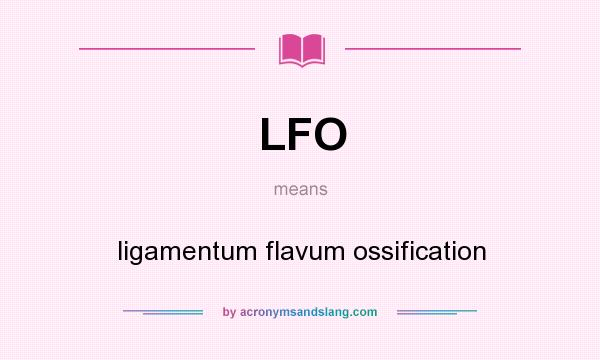


To finish the patch, dial in your PWM attenuation amounts and adjust you filter settings and amplitude envelope to taste.

Now patch from the outputs of one or more LFO’s sine or triangle wave outputs into each VCO’s PWM CV input – multiple LFO’s can be set to different frequencies. A third oscillator can be pitched one octave below or in harmony with the other oscillators. You can set two oscillators to the same frequency but slightly detune one of them to create another kind of phasing effect. Patch from the pulse wave outputs of your VCOs into a mixer and decide on their frequencies. To create a monophonic string pad it’s good to have at least 2 VCOs. This form of the PWM sound can be very useful for simulating string sounds. Turning the PWM CV attenuator knob up will increase the range of modulation, while altering the LFO’s frequency will modify PWM effect rate. When a voltage source, such as an LFO, is plugged into the PWM CV input, the pulse width of the wave will lengthen and shorten according to the LFO’s voltage value, creating a phasing effect. Oscillators with pulse wave outputs typically have a knob to set the pulse width and often a modulation input with a dedicated attenuator knob. The percentage of time that the signal is high is known as a duty cycle. While a square wave has equal time between maximum voltage and minimum voltage, a pulse wave is essentially a square wave with an adjustable amount of time in between each cycle before the the voltage drops from maximum to minimum. One way is called pulse width modulation, also known as “PWM”. Common oscillators generally only output a few basic waveforms, but there are several ways to expand your sonic palette. There’s a lot more to oscillators than a simple output frequency. Posted May 22nd, 2015 by Emmett Corman & filed under Blog, Simple Synthesis, Tutorials.


 0 kommentar(er)
0 kommentar(er)
